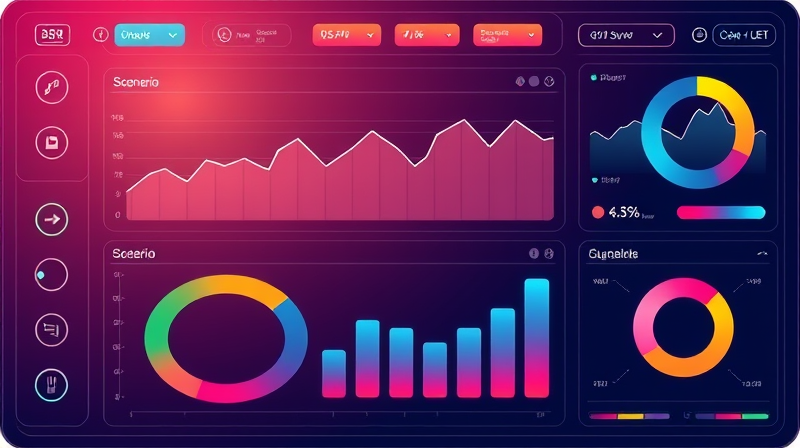
In the rapidly evolving world of finance, artificial intelligence has emerged as a catalyst for transformation. Chief Information Officers (CIOs) now stand at the intersection of technology and business strategy. Their decisions are reshaping how organizations forecast, invest, and manage risk.
As AI moves from pilot projects to core operations, CIOs must navigate both technical complexity and organizational change. This article explores how these leaders can harness AI to drive growth, improve resilience, and build lasting competitive advantage.
AI is no longer a futuristic concept; it’s a boardroom priority. Yet only 14% of organizations report having a comprehensive and well-defined AI strategy, while 20% admit their approach remains fragmented. CIOs must bridge this gap by creating a clear vision that connects AI initiatives to measurable business outcomes.
Successful strategies hinge on cross-functional alignment and stakeholder buy-in. CIOs should collaborate with finance, risk, legal, and operations teams to identify high-impact use cases—such as fraud detection and portfolio optimization—and set realistic milestones for ROI.
Structured governance and dedicated change management teams are vital. They ensure that AI adoption follows ethical guidelines, meets regulatory requirements, and secures executive support from the CFO and CEO.
CIOs rely on a few critical metrics to quantify AI’s value:
Primary financial metrics include margin improvement (26%), cost reduction (24%), and productivity gains (16%). Organizations have reported up to an up to a 10% reduction in IT costs through mature GenAI adoption, and industry analyses predict that by 2030, AI could automate 30% of investment advice businesses.
To maintain momentum, reinvest early savings into new AI projects, creating a self-sustaining innovation funding cycle that continuously fuels strategic growth.
Establishing the right foundation is essential for scaling AI beyond initial pilots. Key enablers include:
At the same time, CIOs must address significant challenges:
Moving from experimentation to enterprise-wide AI demands disciplined execution. CIOs recommend creating an “AI use case supply chain” that prioritizes projects with clear financial impact and manageable risk.
Other best practices include:
By tracking performance with precise measurement of AI-driven ROI metrics, teams can celebrate early wins and secure additional funding for the next wave of innovation.
AI is transitioning from a “nice-to-have” to a “must-have” capability for financial decision-making. CIOs are expected to evolve into strategic partners within the C-suite, contributing directly to corporate strategy and risk management.
Future trends point toward real-time adaptive decision-making processes that empower CFOs and boards with instantaneous insights. As models become more sophisticated, organizations will unlock new avenues for automated scenario planning and dynamic risk mitigation.
Ultimately, the most successful companies will treat AI as a continuous journey rather than a one-off project—embedding it into every facet of financial operations and governance.
By championing these initiatives, CIOs can ensure their organizations not only survive but thrive in an era defined by rapid technological change. Together, they and their finance counterparts can forge a future where AI-driven insights become the bedrock of strategic decision-making, unlocking sustainable long-term competitive advantage.
References













